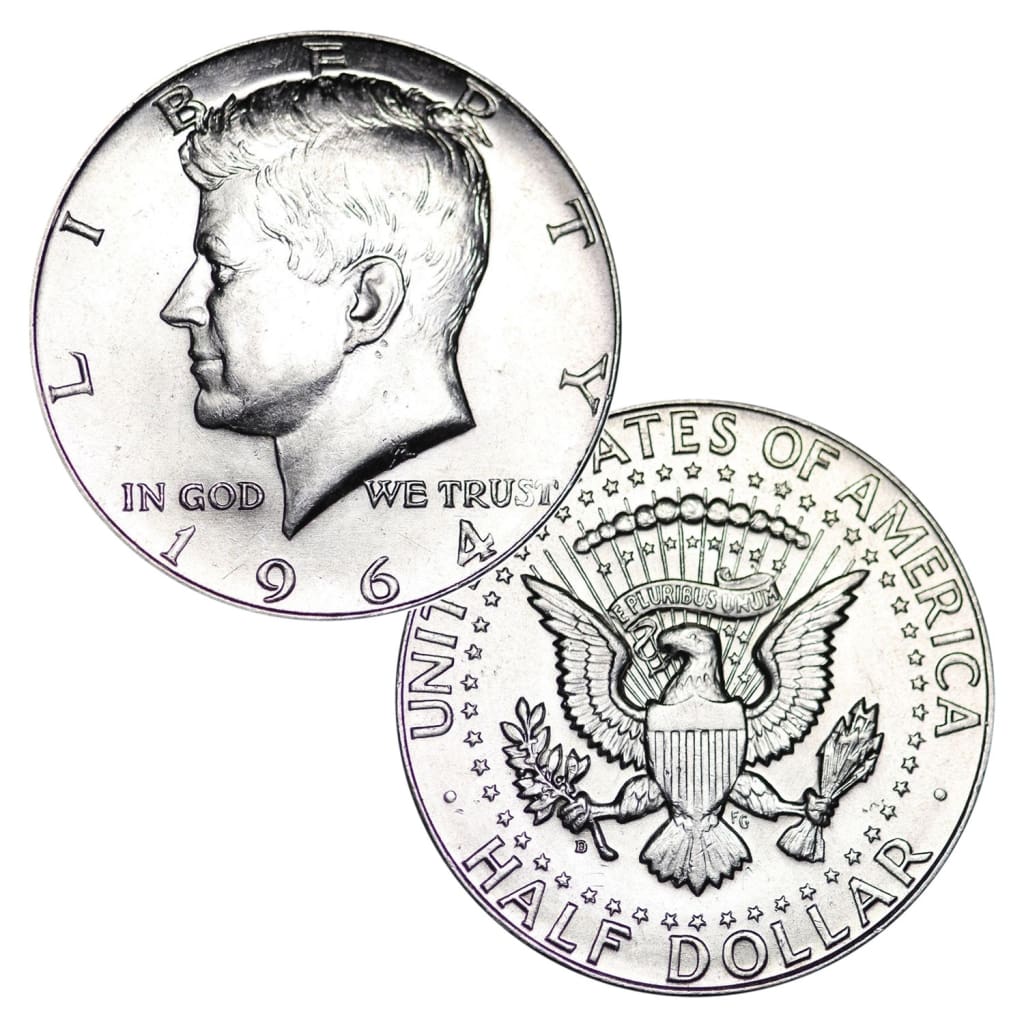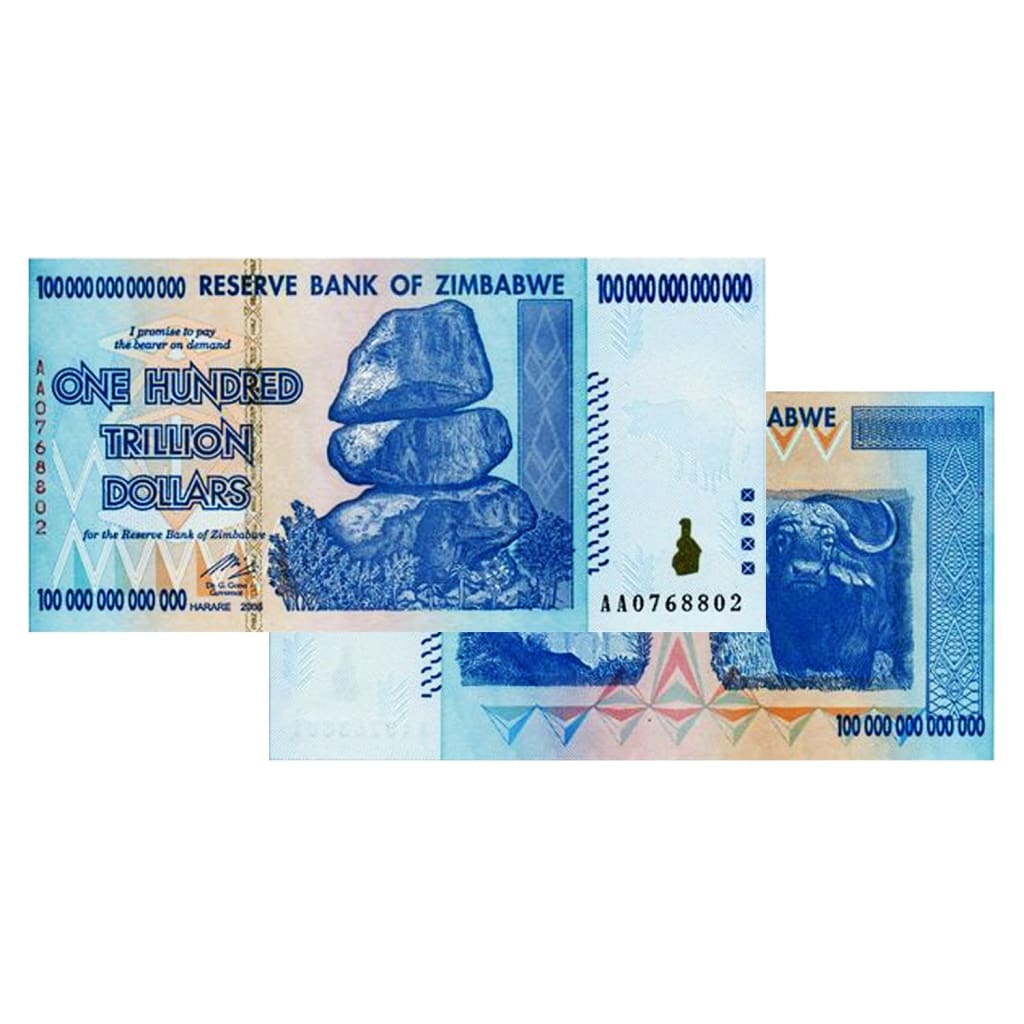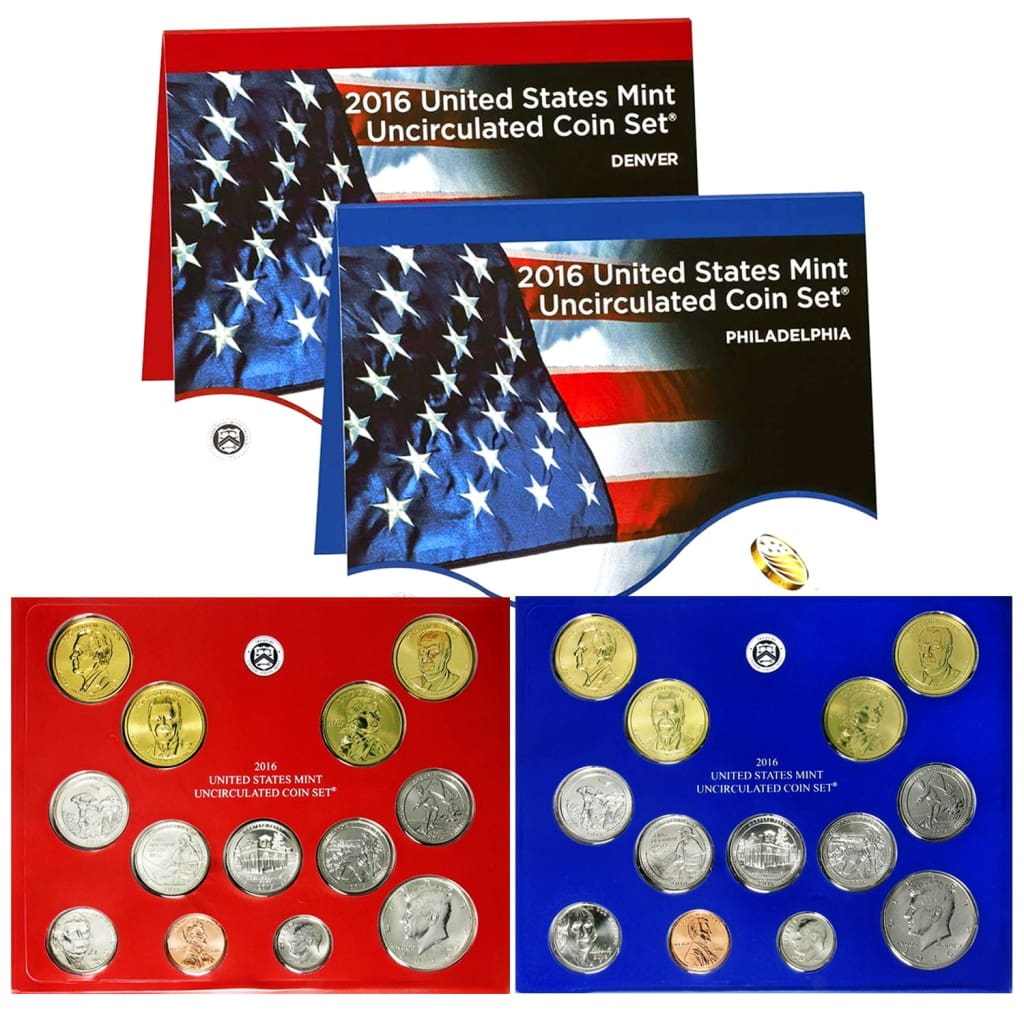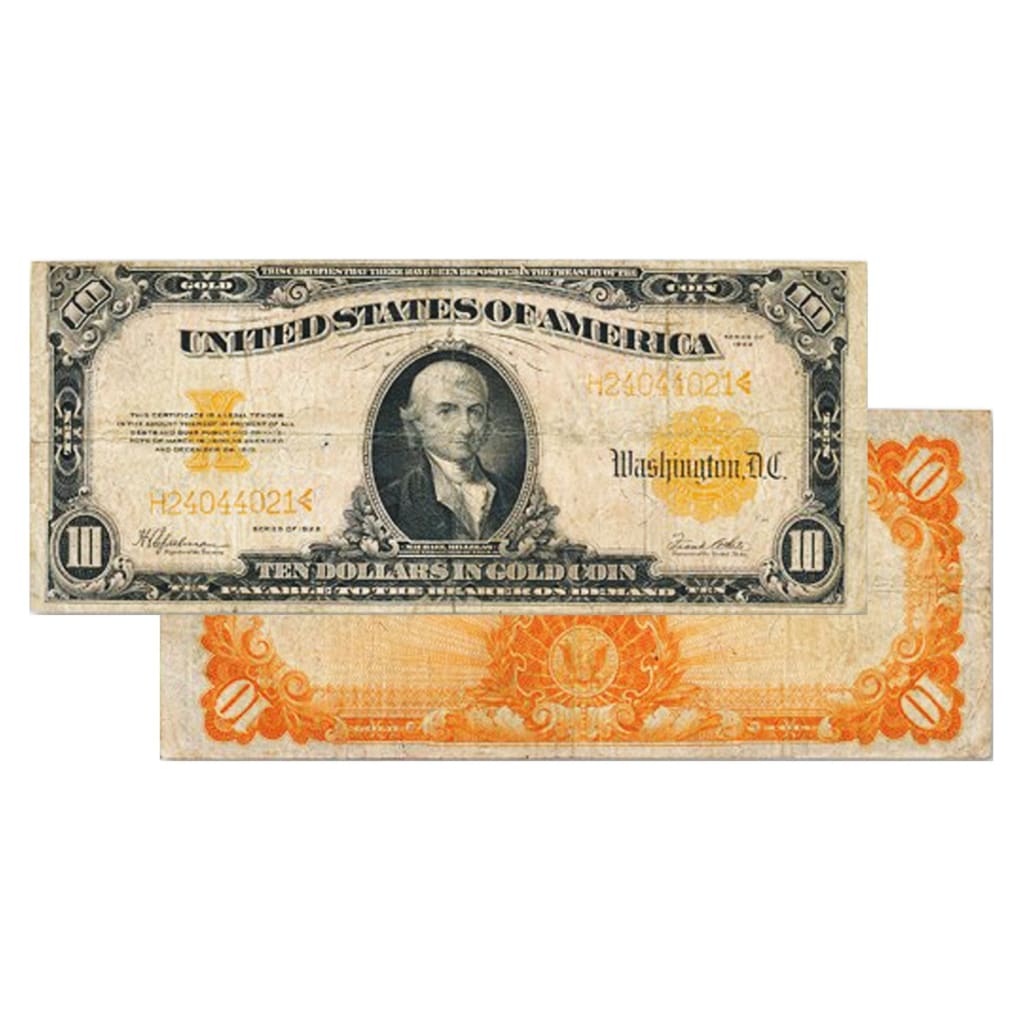The Quarter, one of the most consistent coins in our currency for over one hundred years. This coin wasn’t a derivative of another coin, it didn’t start out of necessity, the quarter dollar has been a cornerstone of our coinage since 1796. It was also the third largest denominations in silver coinage that we had while we were part of a bi-metallic standard, but I’m getting ahead of myself, read on for our brief history on one of our four cornerstone coins.
In 1796 The First US Quarter Appears
While 1796 is made famous for it being the year that President George Washington stepped down, it would also be the start of one of our newest denominations. The (then) fledgeling Philadelphia Mint was preparing to manufacture a new denomination, the quarter dollar, as was authorized by the Mint Act of 1792. Back then, coinage was taken seriously at a completely different level than it is today. Officials saw these first coins as a statement and as our emissaries. These coins would say that we are officially a country, and we should be taken seriously. The educated people of the day understood that a poorly designed coin would reflect badly on their country, while a well designed coin would be respected worldwide.
The design of this first quarter came about due to the public dislike of the previous copper and silver coin designs. To avoid a repeated embarrassment, Mint Director Henry DeSaussure engaged renowned artist, Gilbert Stuart to do the new design. Stuart, used a prominent Philadelphia socialite, Mrs. William Bingham, as the model for the design. However, all did not go to plan. The bland portrait that ended up on the quarters of 1796 did not resemble the beautiful model that Stuart had sketched. In fact, it had brought so much shame on Stuart, his name was practically forgotten until the late 1800′s when an article in the American Journal of Numismatics made reference to him in the design of the coin.
Only a little over 6,000 of these quarters were struck in 1796, and only two varieties are known. One with a low 6 in the date and one with a high 6. The former being the rarer of the two. While not a rare coin, it is necessary to complete a type set and as this design was only used for one year, it makes the coin extremely popular. The next quarter would not be released until 1804. Additionally, no proofs were struck from the 1796 dies, but several presentation strikings are known to exist.
The Quarter Strikes Back
Today, as I mentioned in the lead-in, the quarter is one of the cornerstones of the US coinage system. It plays a vital role in commerce, and annual production routinely tops 1 billion dollars. However, this wasn’t always the case, after the fiasco of the 1796 quarter, all production of the quarter dollar was suspended for almost 10 years. Quarters were even a rarity seen in the marketplace, few were struck, and fewer were used.
The quarter wouldn’t reappear until 1804. Using the same obverse as before, the reverse was replaced with the heraldic eagle used by the rest of the silver coins for the time. The coin would only have a short run of four years, and again had a miniscule production. Combined production of the four years it was minted totaled over 500,000 strikes. Additionally, no proofs were made if Mint records are correct. It is extremely rare to find the coin in mint condition, and nearly unheard of in grade levels above M-65.
After the production finished in 1807, this denomination would be shelved again for another very long break. Also, the coins that were still in circulation were being hoarded by people, because of the higher silver content than the Mexican and Spanish two reales pieces at the time.
Tune in next week for part two! Do you have either of these rarities? What do you think is the rarest quarter? Let us know in the comments below!





